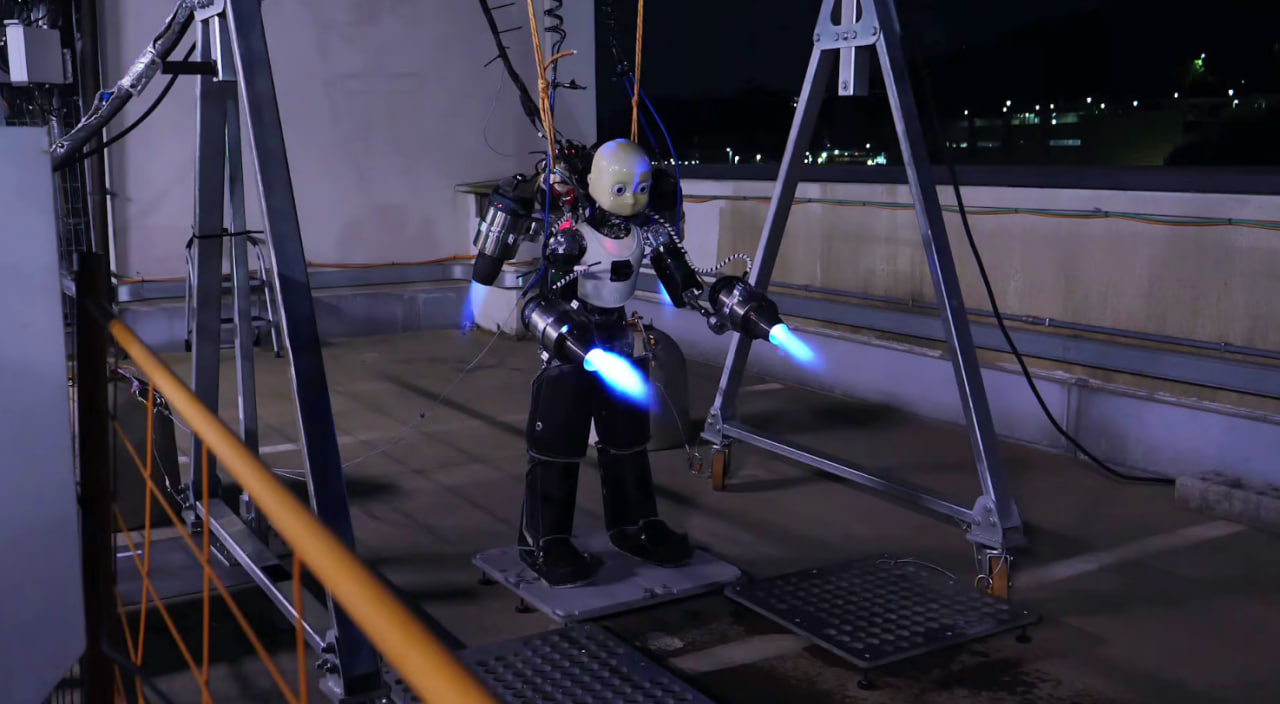A new kind of robot is making waves—and it doesn’t need a computer to get around. Scientists at the AMOLF institute in the Netherlands have created a tiny, soft-bodied robot that uses air and physics to move its inflatable legs. This clever design could lead to exciting new uses, from delivering medicine inside the body to working in tough places like outer space.
The robot, designed by researchers Alberto Comoretto, Mannus Schomaker, and Bas Overvelde, comes in two- and four-legged versions. Each leg is made of a looped rubber tube with a kink. When air is pumped into the tube, the kink moves, making the leg wiggle back and forth. It’s the same idea behind those dancing inflatable tube figures you see at car dealerships.
At first, the robot’s legs move randomly. But in just milliseconds, they sync up with each other and the ground, moving together smoothly. This lets the robot scoot along at an impressive speed—up to 30 times its body length per second on flat surfaces. That’s faster than any other air-powered robot!
What’s even cooler? The robot can handle bumps in the road. If it trips over an obstacle or rough terrain, its legs quickly get back in sync once it starts moving again. And when it hits water, the robot automatically switches to a swimming motion, thanks to the way liquids interact with its legs.
“There’s no brain or computer,†says Associate Professor Bas Overvelde. “But with the right design, this robot can act like a living creature and outperform many other robotic systems.â€
This simple yet powerful technology could one day power tiny robots that deliver drugs inside the human body, create energy-saving exoskeletons to help people move, or build machines tough enough to work in extreme environments where electronics might fail.
The research was recently published in the journal Science, marking a big step forward for robotics that rely on physics instead of complex circuits. This little robot might just be the start of something big!


















